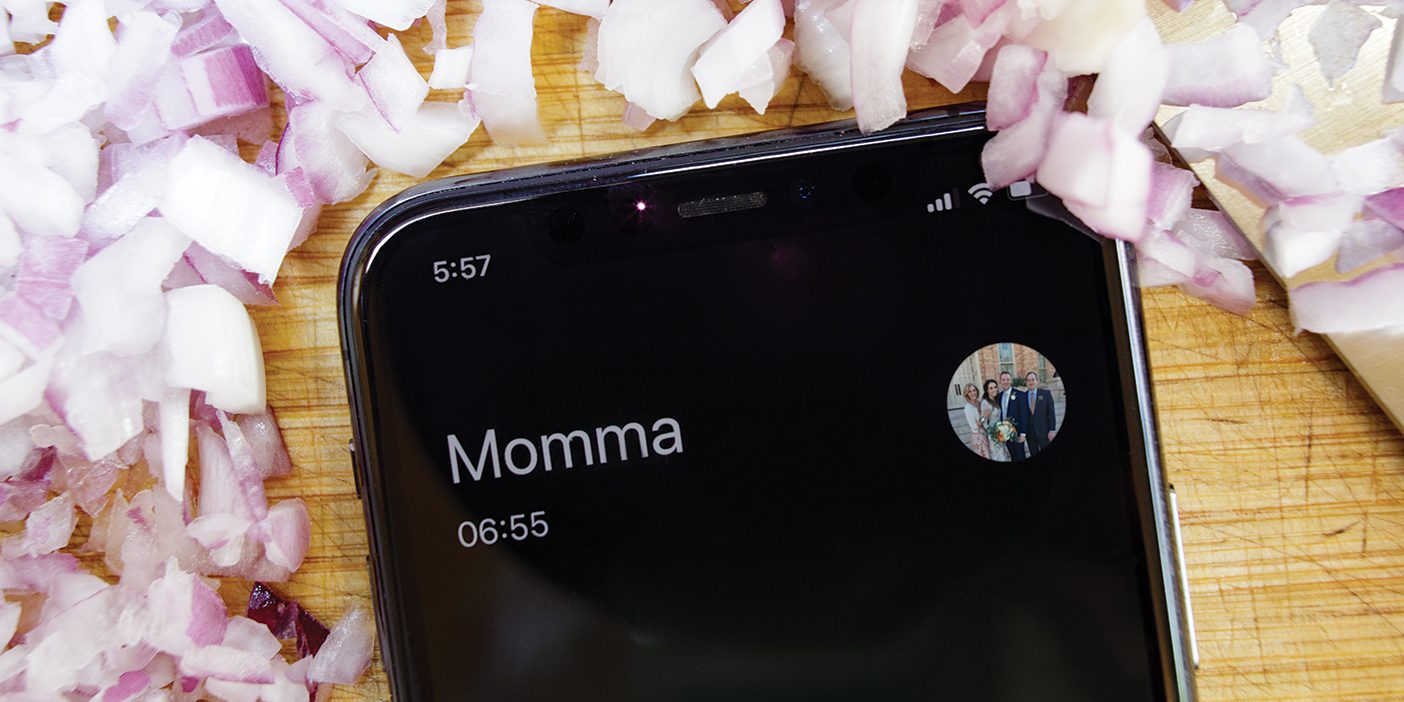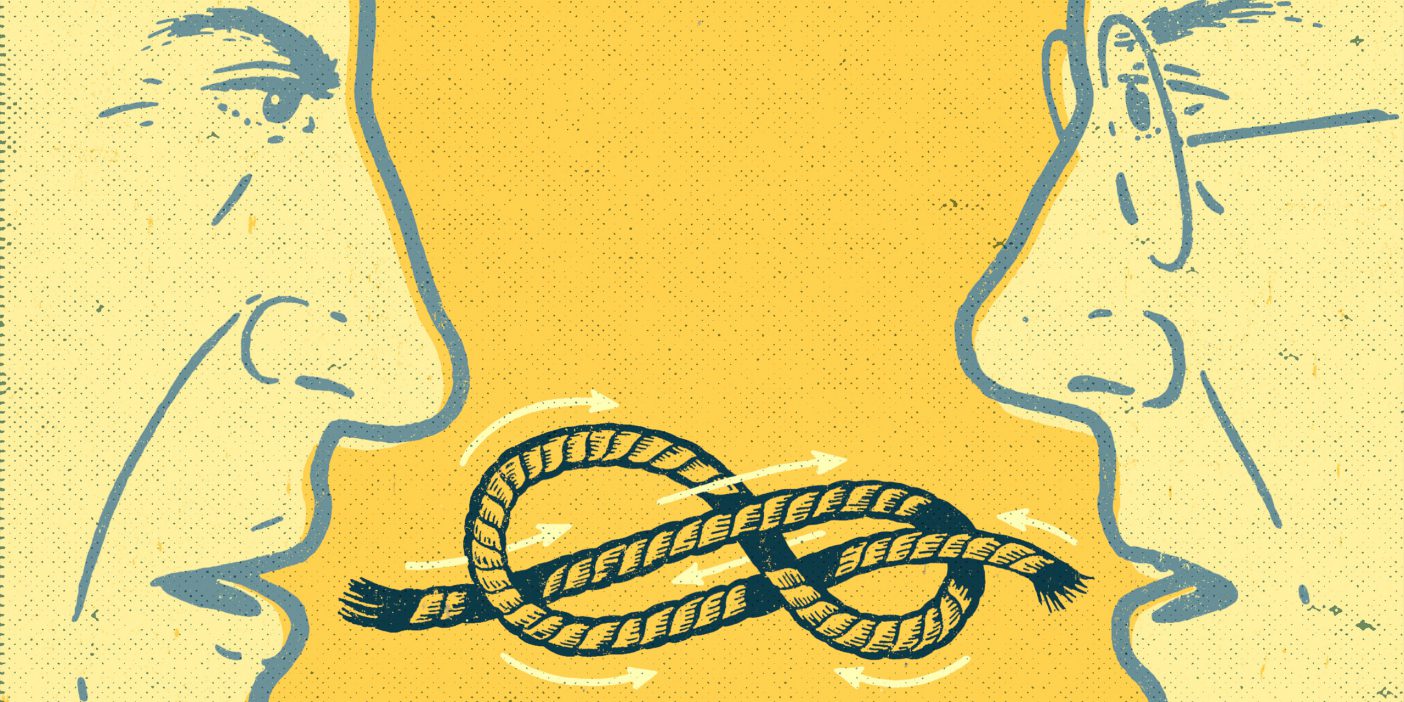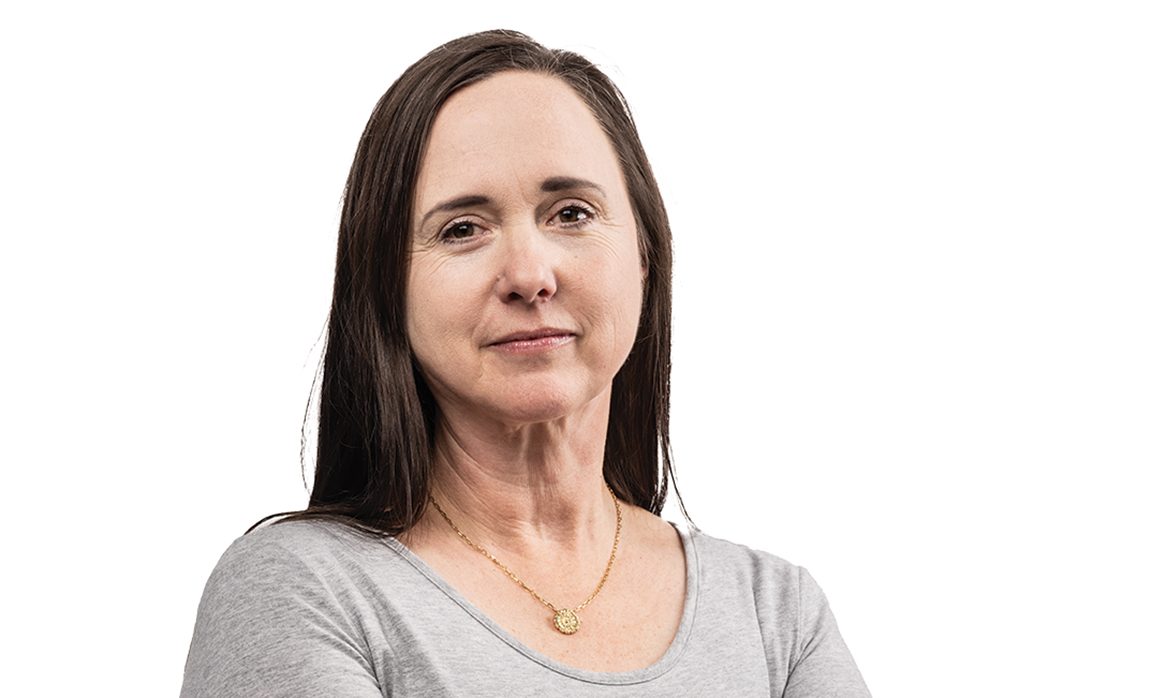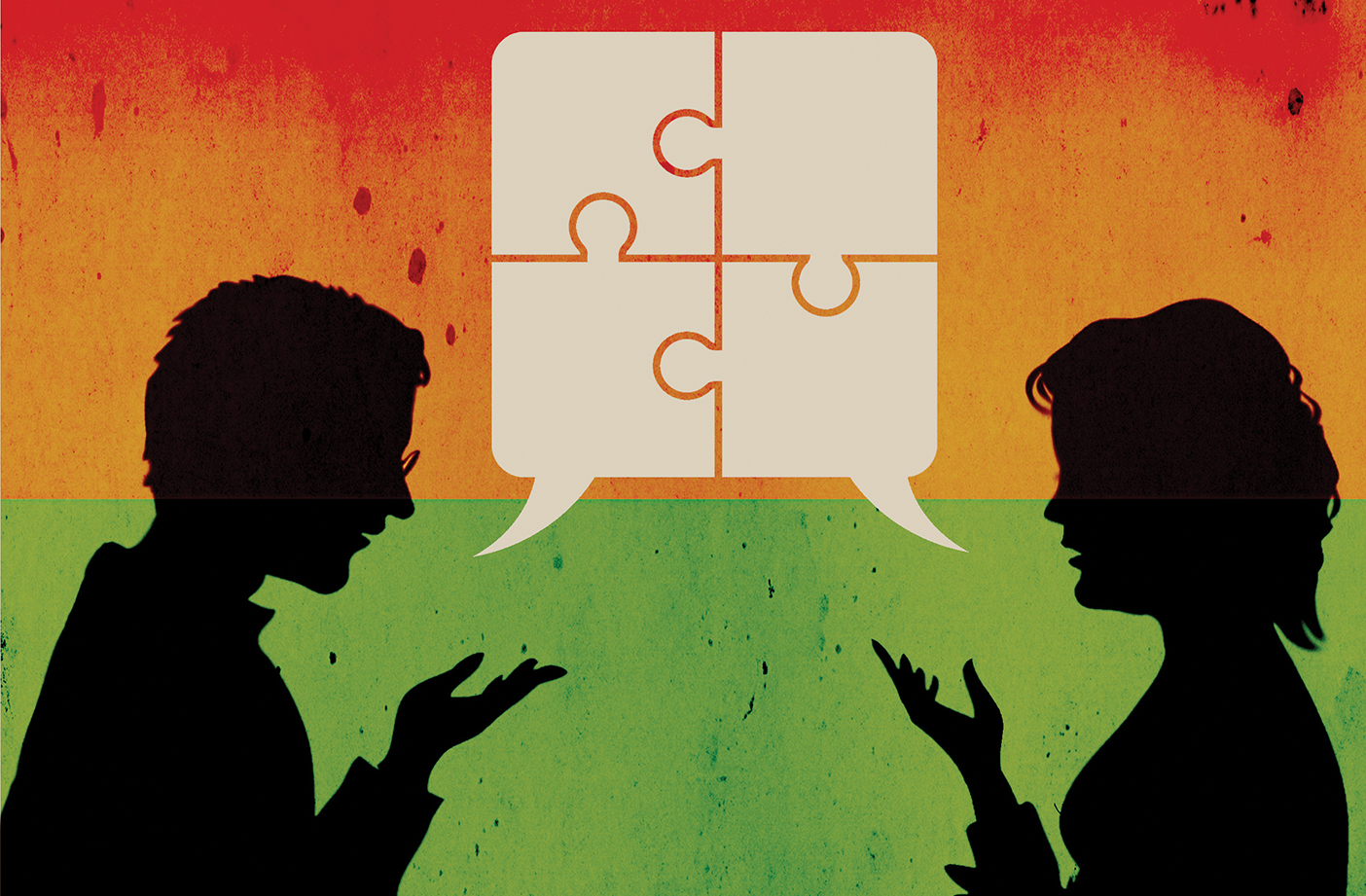
Conflict pushes us into “a laboratory of love,” says Benjamin J. Cook (BA ’98, MEd ’01, MA ’01), law professor and director of the BYU Center for Peace and Conflict Resolution. People often try to avoid disagreements, but Cook asserts that “conflict doesn’t have to be a bad thing.” Instead, explains Cook, when viewed as an opportunity to connect with people we usually disagree with, conflict “pushes us to learn how to love better.” Here Cook suggests three resources to redefine how we face conflict.
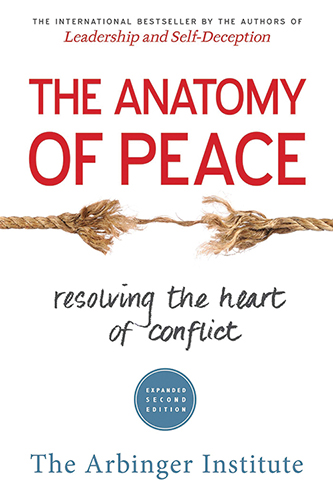

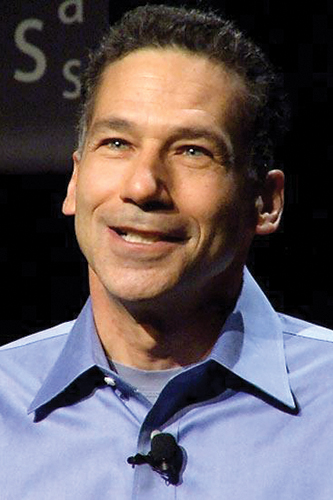
1. The Anatomy of Peace is one of the foundational works published on developing a healthy conflict mindset. Instead of focusing on behavior, it teaches how to view people as individuals rather than objects. That shift, says Cook, will result in lasting changed behavior.
2. “Mindfulness allows us to think more clearly about how we’re thinking,” says Cook. Insight Timer, a free guided- meditation app, cultivates mindfulness that can help us escape the “autopilot” of self-centeredness in conflict.
3. Given by anthropologist William Ury, the TEDx Talk “The Walk from ‘No’ to ‘Yes’” explains how to broaden our perspectives and take the “third side” in a conflict—seeing conflict from the community’s larger perspective instead of taking one side or the other.












